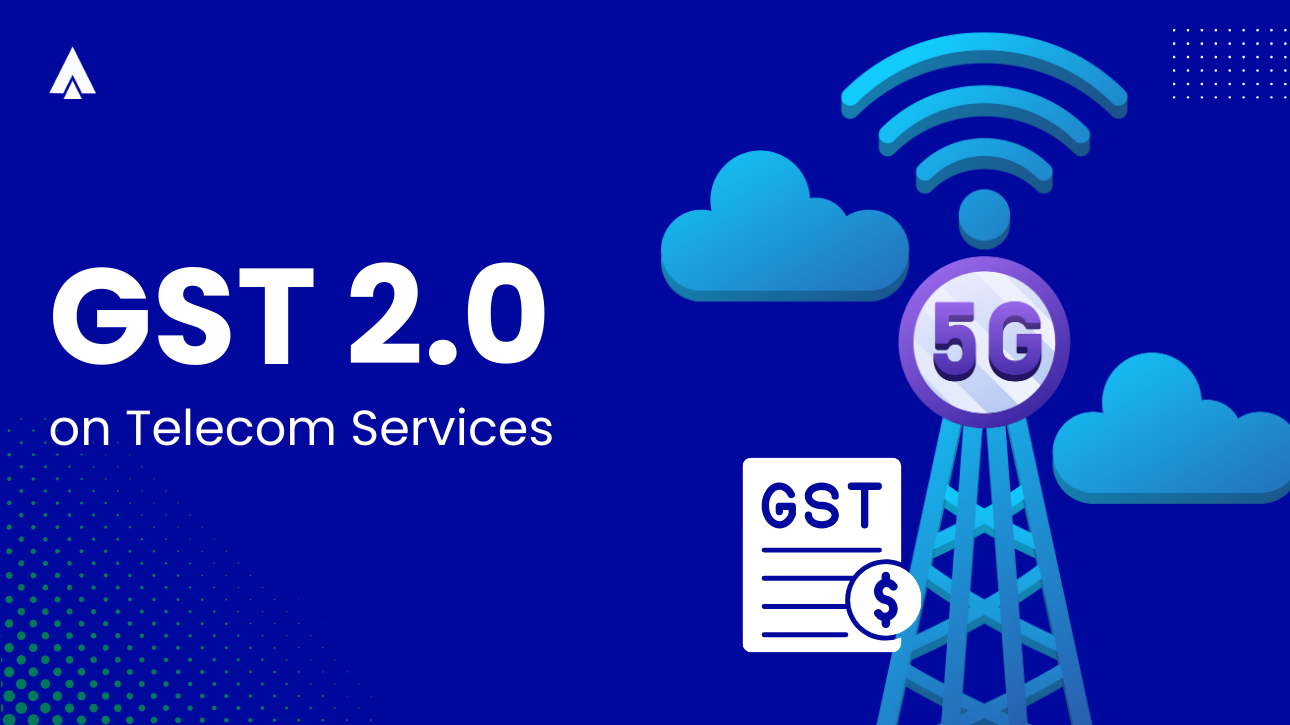When it comes to strategic planning, most businesses rely on periodic reports, quarterly reviews, and historic patterns. But with the advent of social media and instant communication platforms, the game has changed. Modern customer expectations are now driven by instant gratification. 41% of your customers prefer speedy, personalized responses through live chat over other communication channels.
To achieve this, static data isn’t enough. What you need is real-time data, and not just numbers, but insights from actual customer interactions through calls, SMS, and WhatsApp.
If you are aiming to sharpen cloud communication strategies, real-time interaction data is no longer a nice-to-have; it’s a strategic asset.
Let’s understand a few essential ways it can help you improve strategic planning.
What does Real-Time Data Analytics do?
Real-time analytics do more than just report data. They deliver live visibility into customer interactions across voice, email, messaging, and other channels. The dashboards are continuously updated with incoming data, ensuring that what you see is not from last week or even an hour ago, but from right now.
Dynamic monitoring isn’t limited to basic metrics. It expands QA coverage, enables proactive coaching, and ensures immediate insight into both contact center agent performance and customer behavior. You’re not just measuring performance, you’re managing it in motion.
Take call volume and wait times, two of the most critical communication metrics. Traditional analytics might highlight spikes after they happen, useful for future planning but not immediate intervention.
With real-time insights, however, you can spot surging volumes or rising queues as they unfold. Then, you can take instant action like rerouting calls, bringing in backup agents, or triggering self-service options.
But calls aren’t the only channel that matters. Today’s real-time systems also track messaging and email metrics in the moment like:
- Email response time
- Open and click-through rates
- Message read receipts on WhatsApp
- Drop-off points in SMS or IVR journeys
- Abandonment and opt-out rates per campaign
- Engagement spikes during certain times of day or week
With this level of granularity, you can optimize your communication strategies. It’s not just about knowing what went wrong. It’s about knowing while you can still make it right.
Visit our Page : Contact center software
How Does Real-Time Data Enhance Strategic Planning?
Now that you understand more about real-time data analytics, let’s look at how it can help you take your communication strategy to the next level:
Enhanced Customer Experiences
Creating a seamless, responsive customer experience across their journey is essential. This is because 72% customers say they are likely to switch brands after just three or fewer negative experiences.
Real-time analytics allows you to identify and resolve friction as it unfolds, rather than discovering it through retrospective reports weeks later.
Suppose a customer encounters an issue while trying to complete a transaction, say a login error or a failed payment. Frustrated, they call the support line but face a long queue. With no quick help, they abandon the call and, likely, the brand.
In a setup with only retrospective data, this incident would show up much later as a missed opportunity or part of a general drop-off trend. By then, you might’ve already lost the customer.
With real-time analytics, however, the spike in call queue times and drop-off would trigger an alert immediately. You’d be able to notice a surge in specific complaint keywords like “login” or “payment” and take instant action. You can resort to rerouting calls, deploying quick fixes, or sending out status updates via SMS or WhatsApp.
This way, the issue will get addressed while the customer is still engaged, drastically improving satisfaction, reducing churn, and building trust.
Improved Operational Efficiency
Operations thrive on data, but only when it is timely. Traditional methods involve evaluating metrics like Average Handling Time (AHT) or First Call Resolution (FCR) in post-mortem reviews. While this offers strategic direction, it doesn’t help you today.
Real-time analytics flip that script. Through real-time data integration, you can monitor AHT or call volume as it happens and compare it to the last hour, last week, or last campaign. If you spot a spike in wait times, you can immediately reroute calls to other agents to reduce congestion.
This immediacy helps you manage the workforce proactively. You’re not just learning from data, you’re using it to drive outcomes on the floor.
Stronger Quality Assurance (QA) Support
Conventional QA processes involve reviewing recorded calls, transcribing them, and manually scoring performance. Even with AI tools, this often happens hours or days after the customer interaction. That delay can cost you both insights and opportunities to improve.
Real-time analytics, however, enable live call monitoring, sentiment detection, and keyword flagging as the conversation happens. This allows supervisors to step in for escalations, provide agents with real-time tips, or even automate next steps based on call context.
Instead of checking only a few calls, you can review every single one using automated QA. AI integration can help you transcribe and analyze conversations in real time or soon after they happen. This way, you spot and fix issues much faster.
Greater Agent Feedback & Empowerment
Agents are the frontline of your business, which means they need to be the first recipients of feedback. However, in most setups, it reaches them too late to make a meaningful impact. By the time a specific call is reviewed, the agent has already moved on to dozens more.
A continuous feedback loop solves this.
With live monitoring, supervisors can offer guidance during or immediately after calls. This timely input helps agents adjust their approach on the spot. Over time, this loop empowers agents to deliver better customer experiences consistently.
Real-time analytics close this gap. Using speech and text recognition, systems can detect emotional tone, frustration keywords, or compliance flags mid-call. This lets you nudge agents with on-screen prompts, knowledge base suggestions, or even suggested responses.
The result? fewer escalations, better agent confidence, and faster issue resolution.
It also creates a culture of continuous learning. Agents can review their performance right after calls, when the context is fresh. This can lead to more receptive feedback and faster improvement.
Real-Time Data is Your Strategic Edge
The future of strategic communication isn’t in the past; it’s in the “Now”.
With real-time insights from calling, messaging, and WhatsApp systems, you can elevate communication from operational to transformational. They can empower you to plan better, respond faster, and personalize deeper.
In your transition from static to real-time, Acefone’s UCaaS solution is a great way forward.
Our intuitive dashboards give you access to live metrics such as call volume, wait times, agent availability, and resolution rates. This way, supervisors can identify trends and allocate resources more effectively.
Live call monitoring features help improve the quality of conversations through immediate coaching opportunities. Other than that, Acefone’s integration with industry-leading CRM integrations ensure that all call data and customer notes are synced instantly. All these power-packed features help you create data-driven strategies.














